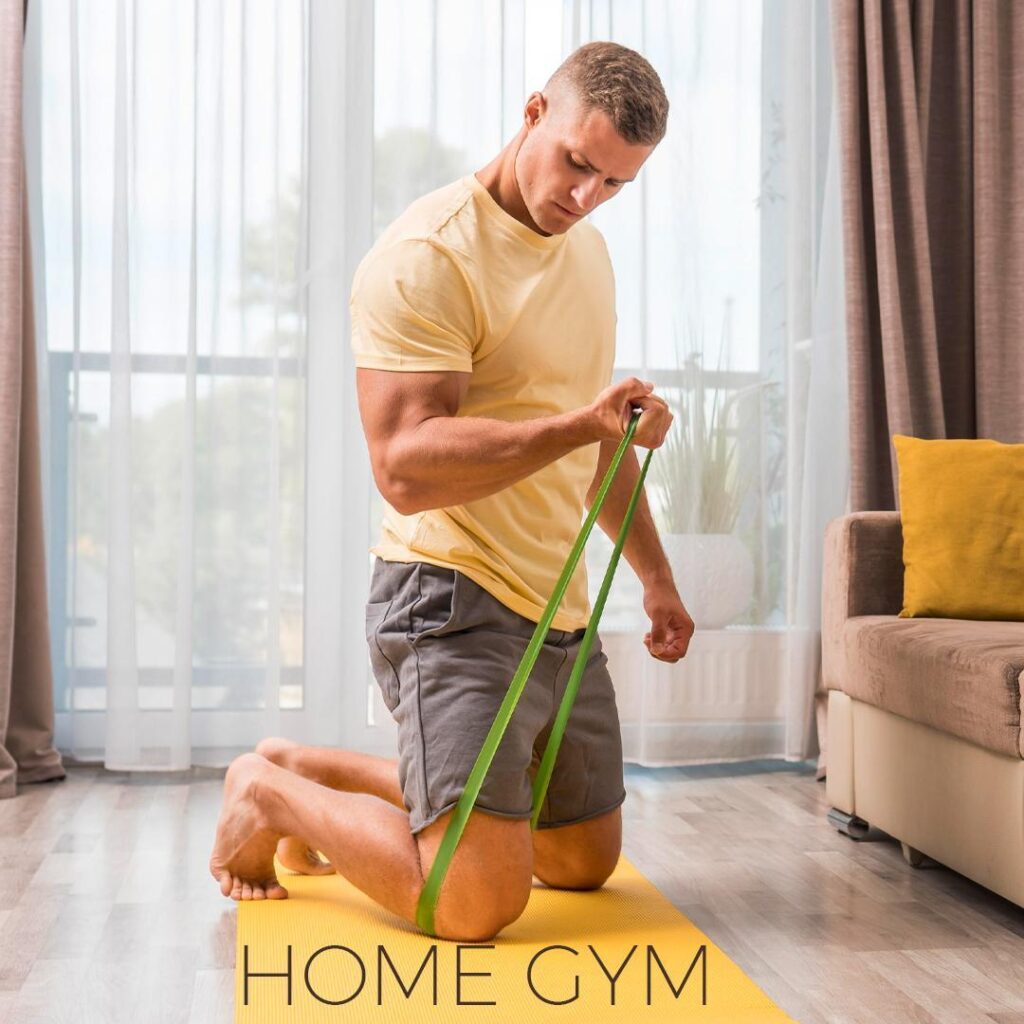
Having a gym at home is getting more popular these days. It’s really handy because you don’t have to go out to a gym, and you can work out any time you want, whether it’s early in the morning or late at night. It saves you the trouble of waiting for gym equipment to be free and lets you do your exercises without any breaks. Also, when you think about it, having your own gym at home can save you money in the long run.
You won’t have to keep paying monthly fees for a gym membership. Instead, you just buy the equipment you need once, and you’re all set for years. Plus, you get to pick exactly what gear you want, from simple equipment like dumbbells to a large sport trampoline for your garden, so you don’t waste money on stuff you’ll never use.
In this blog, we’re going to talk about how you can set up your own gym at home. We’ll cover what you need to think about before you start, like where to put it and what kind of equipment you might want. We’ll also give you some tips on how to stay safe while working out at home and how to keep your gym area tidy and in good shape. So, if you’re thinking about making a gym at your place, stick around for some helpful advice on getting started.
Benefits of having a home gym
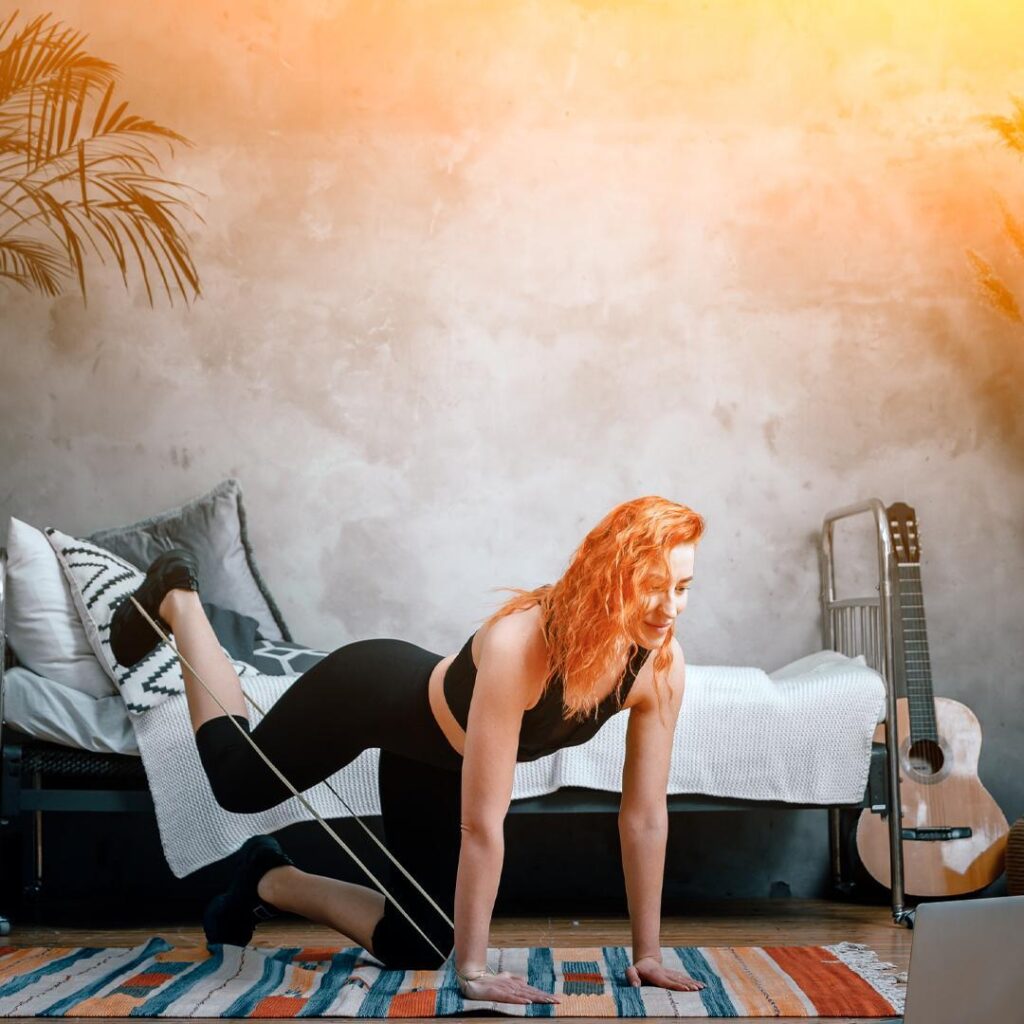
Investing in a home gym brings many advantages, surpassing the mere convenience of evading the daily trek to a traditional fitness facility. One standout benefit lies in the remarkable flexibility it affords. The home gym liberates individuals from the time constraints imposed by commercial gym operating hours, allowing early risers and night owls to tailor plan workout routines to suit personal preferences. Additionally, the absence of queues and the need to share equipment ensures an efficient and uninterrupted workout experience.
Another strong advantage of a home gym is the inherent cost-effectiveness over the long term. Although the initial setup demands an investment, the financial benefits become apparent over time. Traditional gym memberships often have monthly fees that accumulate.
In contrast, a home gym involves a one-time investment in durable equipment with a lifespan extending over several years. Furthermore, this approach enables customisation of equipment selection, aligning precisely with individual fitness goals and avoiding unnecessary expenses on redundant machines or classes.
- Flexibility: Home gyms provide unparalleled flexibility in workout scheduling, catering to the preferences of both early birds and night owls.
- Efficiency: The absence of queues and shared equipment ensures an efficient and uninterrupted workout experience in a home gym setting.
- Cost-Effectiveness: Home gyms offer long-term financial savings compared to recurring monthly fees associated with traditional gym memberships.
- Customisation: The ability to tailor equipment selection allows for a personalised home gym setup, eliminating expenses on unnecessary machines or classes.
Home gym inspiration and ideas
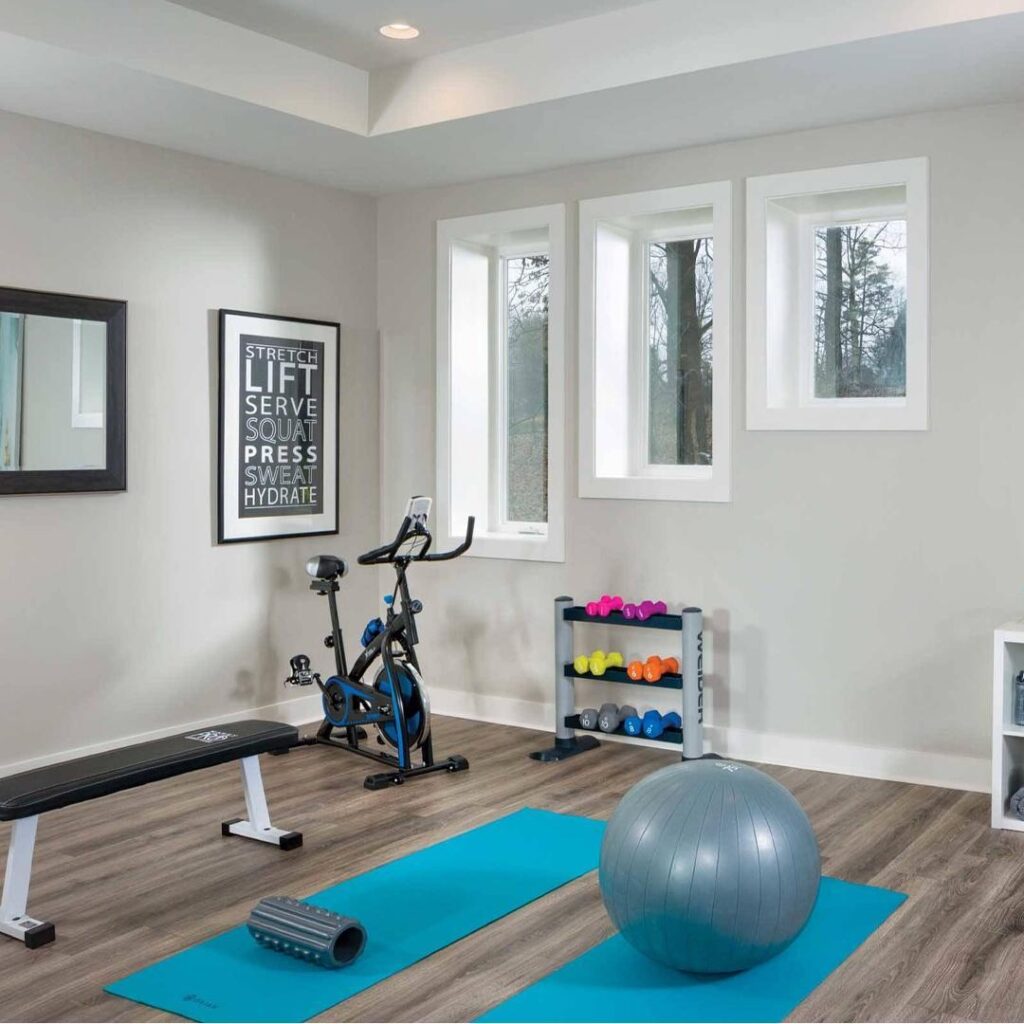
Creating a home gym that is both functional and inspiring is essential for maintaining motivation and enjoying your workouts.
- The first step is to select a suitable space in your home that can accommodate your fitness needs.
- Use a spare room, a living room corner, or even an outdoor area.
- Consider the layout and design elements that will enhance your workout experience.
- Natural light, mirrors, and motivational artwork are just a few ideas to create an inviting atmosphere.
- When it comes to equipment, think about your fitness goals and preferences. If you enjoy cardio exercises, consider investing in a treadmill, stationary bike, or rowing machine.
- Dumbbells, resistance bands, and a weight bench can be excellent additions to your home gym for strength training.
- Do consider proper flooring, such as rubber mats, to protect your space and provide a comfortable exercise surface.
Essential equipments for a home gym
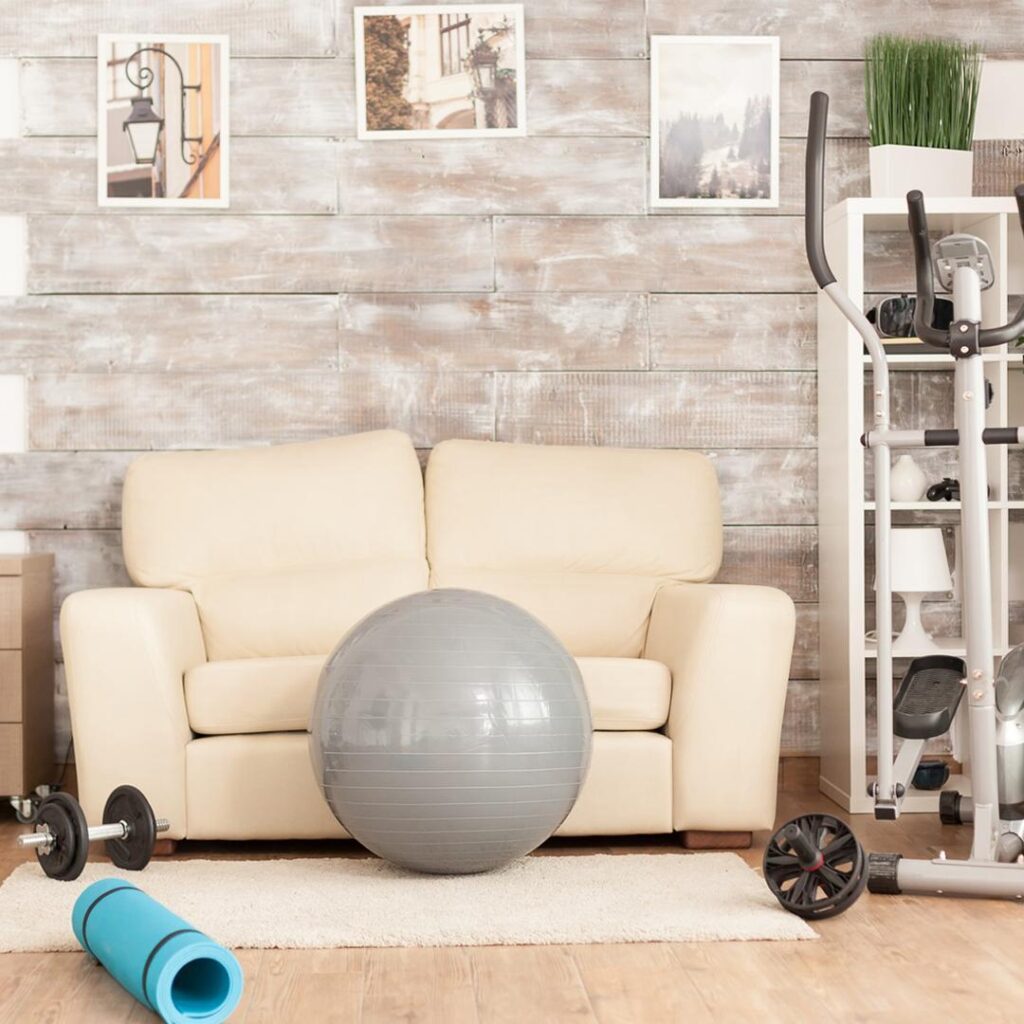
Establishing a well-equipped home gym in the United Kingdom is essential for a successful and tailored workout routine. The right equipment not only aligns with individual fitness goals but also enhances the overall effectiveness of your exercises. In this regard, consider the following vital pointers when setting up your home gym:
Exercise Mat
Prioritise a high-quality exercise mat to provide essential cushioning and support for floor-based exercises and stretching routines, ensuring joint protection and injury prevention.
Dumbbells or Kettlebells
Include a set of dumbbells or kettlebells in various weights to facilitate versatile strength training exercises. These tools allow targeting different muscle groups and adjusting resistance levels based on individual fitness levels.
Cardio Equipment
Consider investing in equipment such as a treadmill, stationary bike, or elliptical machine for effective cardiovascular workouts. These machines offer a convenient way to elevate your heart rate and burn calories within the confines of your home.
Stability Ball
Enhance versatility with a stability ball, a valuable addition for core strengthening exercises, balance training, and stretching routines. This equipment adds diversity to your workout regimen and contributes to overall fitness.
By incorporating these key elements into your home gym setup, you’ll create an environment conducive to achieving your fitness objectives while enjoying the convenience of exercising at home.
How Sport Trampoline can be used for Exercises
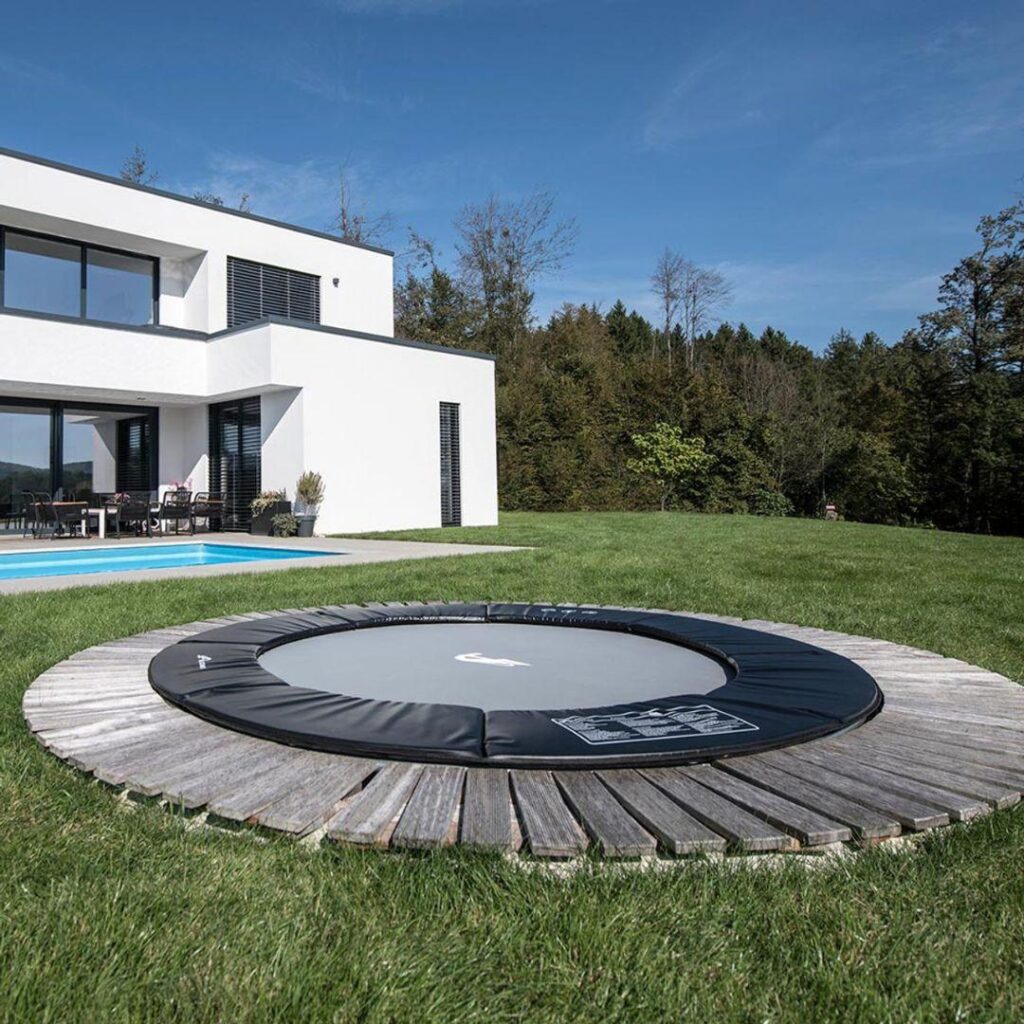
A sport trampoline may be one thing that comes to mind when setting up a home gym. It can be an enjoyable and practical addition to your fitness routine. Trampoline exercises, or rebounding, provide a low-impact cardiovascular workout that engages multiple muscle groups and improves coordination. Jumping on a trampoline increases your heart rate, stimulates the lymphatic system, and helps build strength and endurance.
- You can do numerous exercises on a trampoline to target different areas of your body. For example, jumping jacks, high knees, and butt kicks can elevate your heart rate and burn calories.
- Squats, lunges, and leg lifts can strengthen your lower body muscles. You can also incorporate hand weights or resistance bands for added resistance and challenge.
- It’s important to start slowly and gradually increase your trampoline workouts’ intensity before learning jumping tricks to avoid injury.
Safety Tips for Trampoline Exercises
1. Use Trampoline Safety Pads
Always ensure your trampoline is equipped with safety pads that cover the springs, hooks, and frame. These pads act as a cushion and prevent injuries caused by landing on the hard parts of the trampoline. Choosing high-quality, durable pads can significantly reduce the risk of injuries.
2. Wear Appropriate Trampoline Socks
While many people prefer barefoot to feel the trampoline’s surface better, wearing trampoline socks or appropriate footwear can provide better grip and reduce the risk of slipping. Trampoline socks are specially designed with rubber grips on the sole to enhance stability and safety.
3. Ensure Adequate Space Around the Trampoline
Position your trampoline in an area free from hazards. Ensure there are several feet of clear space on all sides of the trampoline, and it’s placed away from walls, furniture, and outdoor obstacles that could cause injuries if fallen on.
4. Implement a One-at-a-Time Rule
To avoid collisions and injuries, only one person should use the trampoline at a time. It’s tempting to have more than one person bouncing simultaneously, but this significantly increases the risk of accidents.
5. Perform a Pre-Use Safety Check
Before each use, inspect the trampoline for any damage, including tears in the trampoline bed, replace faulty springs, or worn-out safety pads. Regular maintenance and prompt replacement of damaged parts are crucial for safe trampoline use.
Home gym safety tips
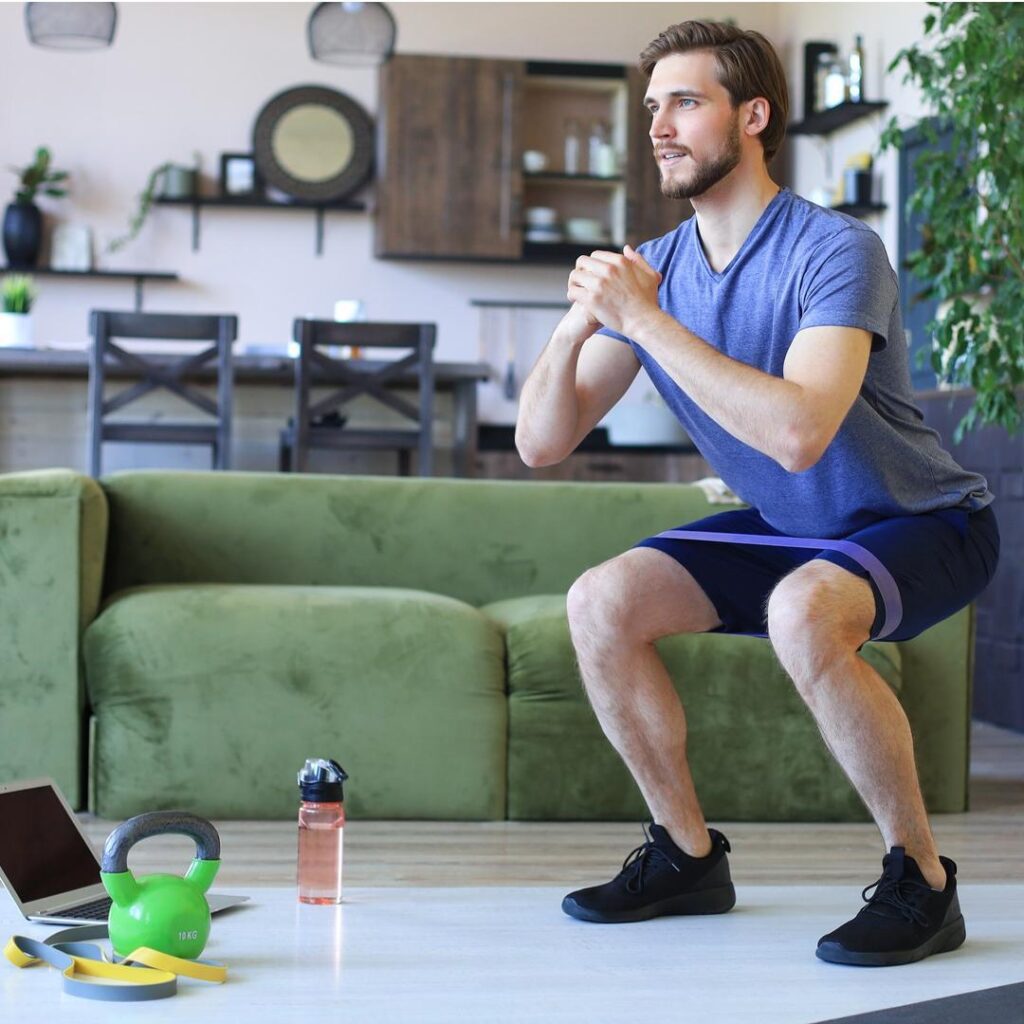
Safety should always be a top priority when working out at home. Here are some essential safety tips to consider when setting up and using your home gym:
Clear the space
Ensure your workout area is free from any obstacles or clutter that could pose a tripping hazard.
Proper ventilation
Ensure your home gym is well-ventilated to prevent overheating and ensure fresh air circulation.
Adequate lighting
Good lighting is crucial for a safe workout environment. Install bright lights or use natural light sources to ensure visibility during exercise.
Equipment maintenance
Regularly inspect and maintain your equipment to ensure it is in good working condition and safe to use.
Proper technique
Proper technique and form are important to prevent injuries. Consult a fitness professional for guidance if you need help performing an exercise correctly.
Conclusion
As the popularity of home gyms continues to rise in the UK, more and more people are discovering the benefits of having their own fitness space. From convenience and flexibility to cost-effectiveness and personalisation, a home gym offers many advantages for individuals who prioritise their health and happiness. By following the tips and ideas provided in this article, you can unlock the full potential of your home gym and create a space that motivates and inspires you to achieve your fitness goals. So why wait? Start transforming your space today and embrace the health and happiness a home gym can bring.





